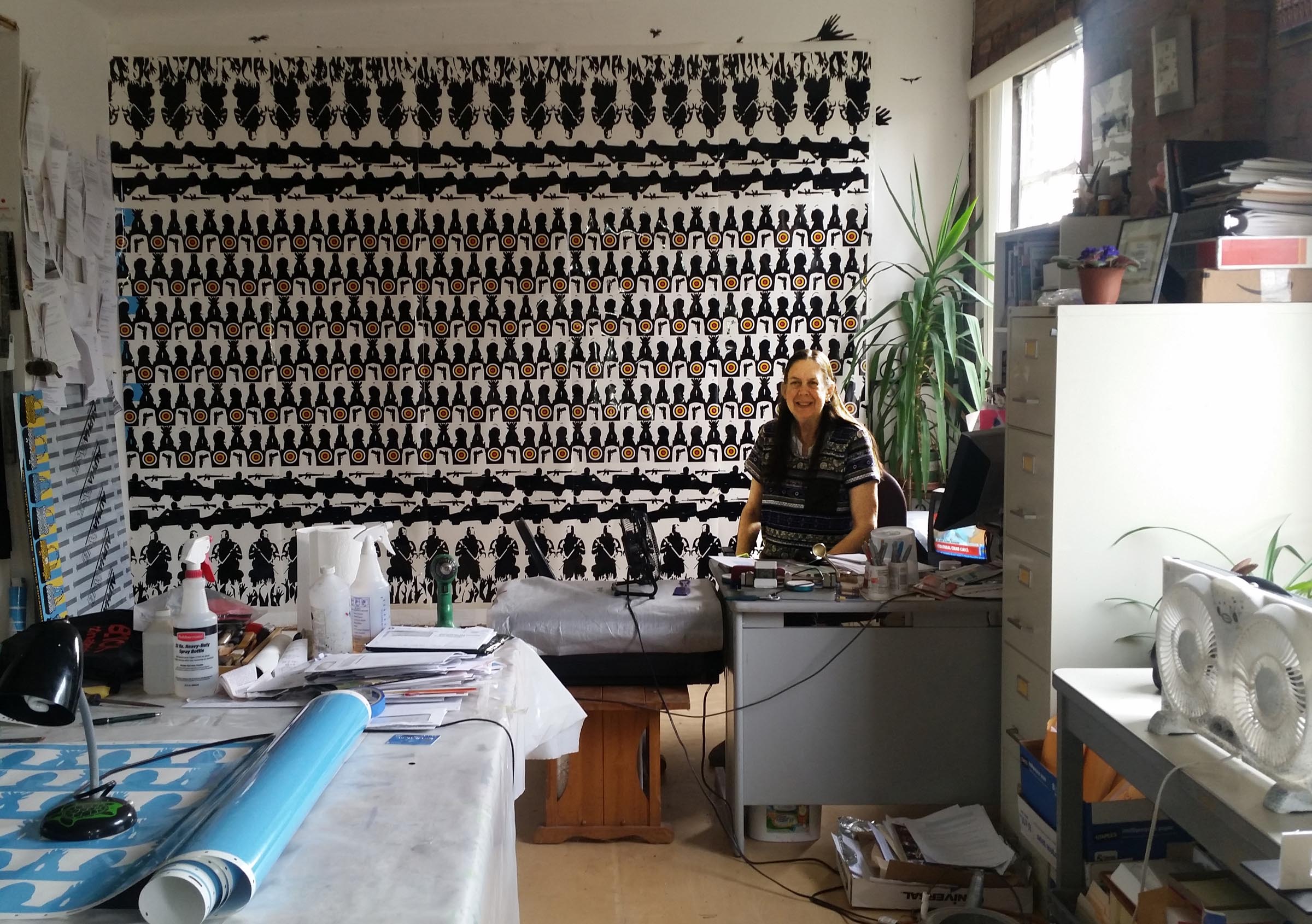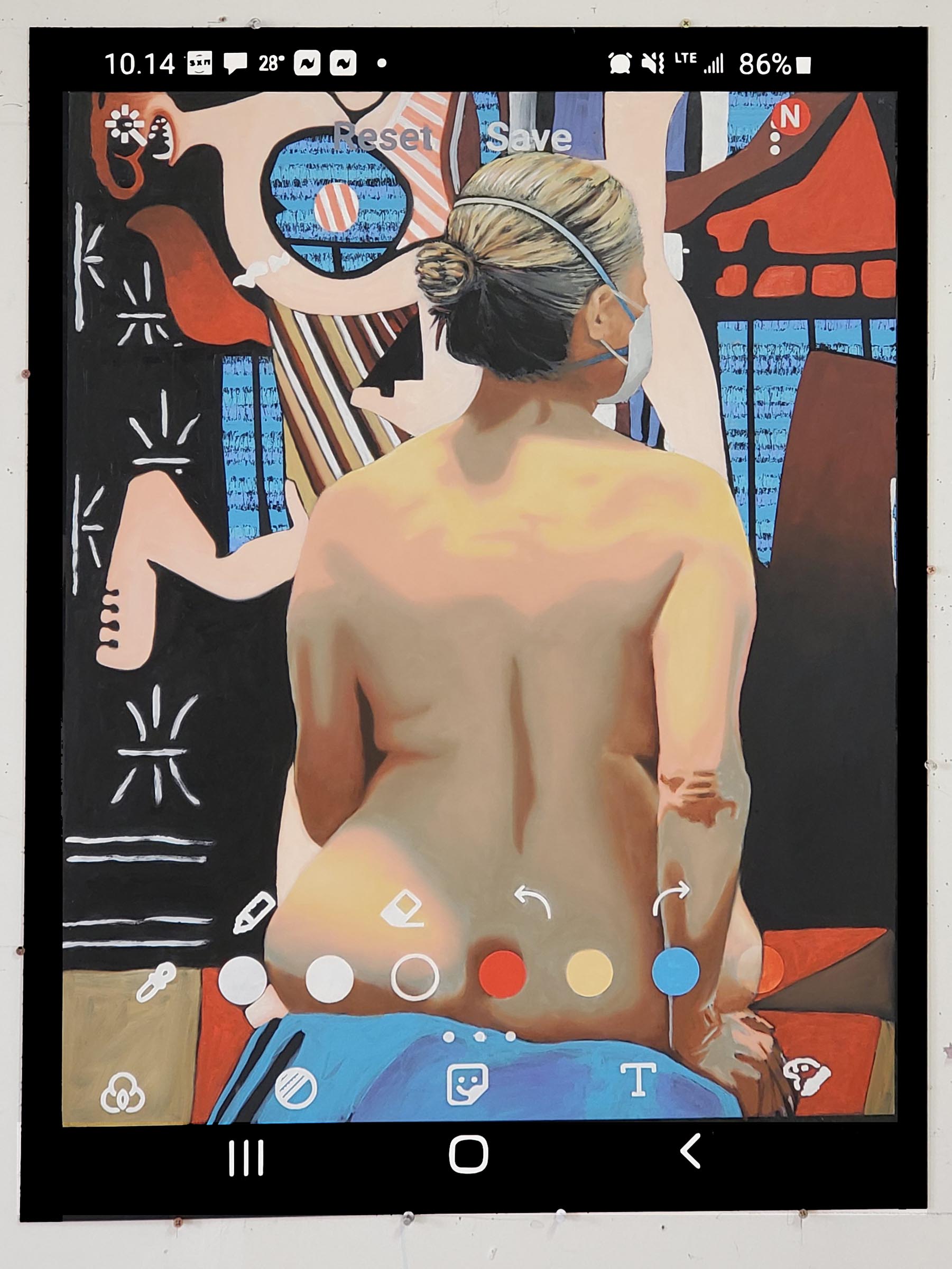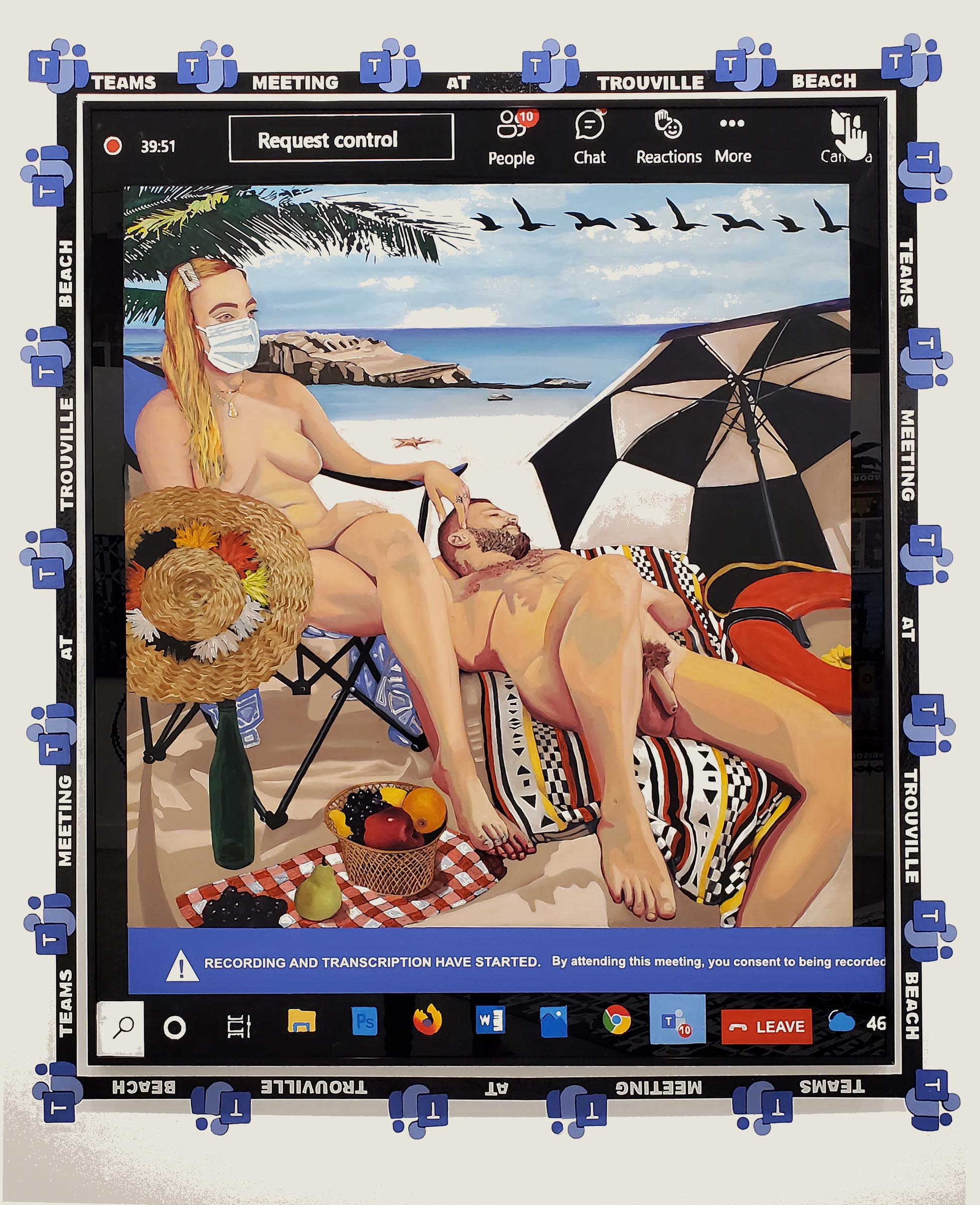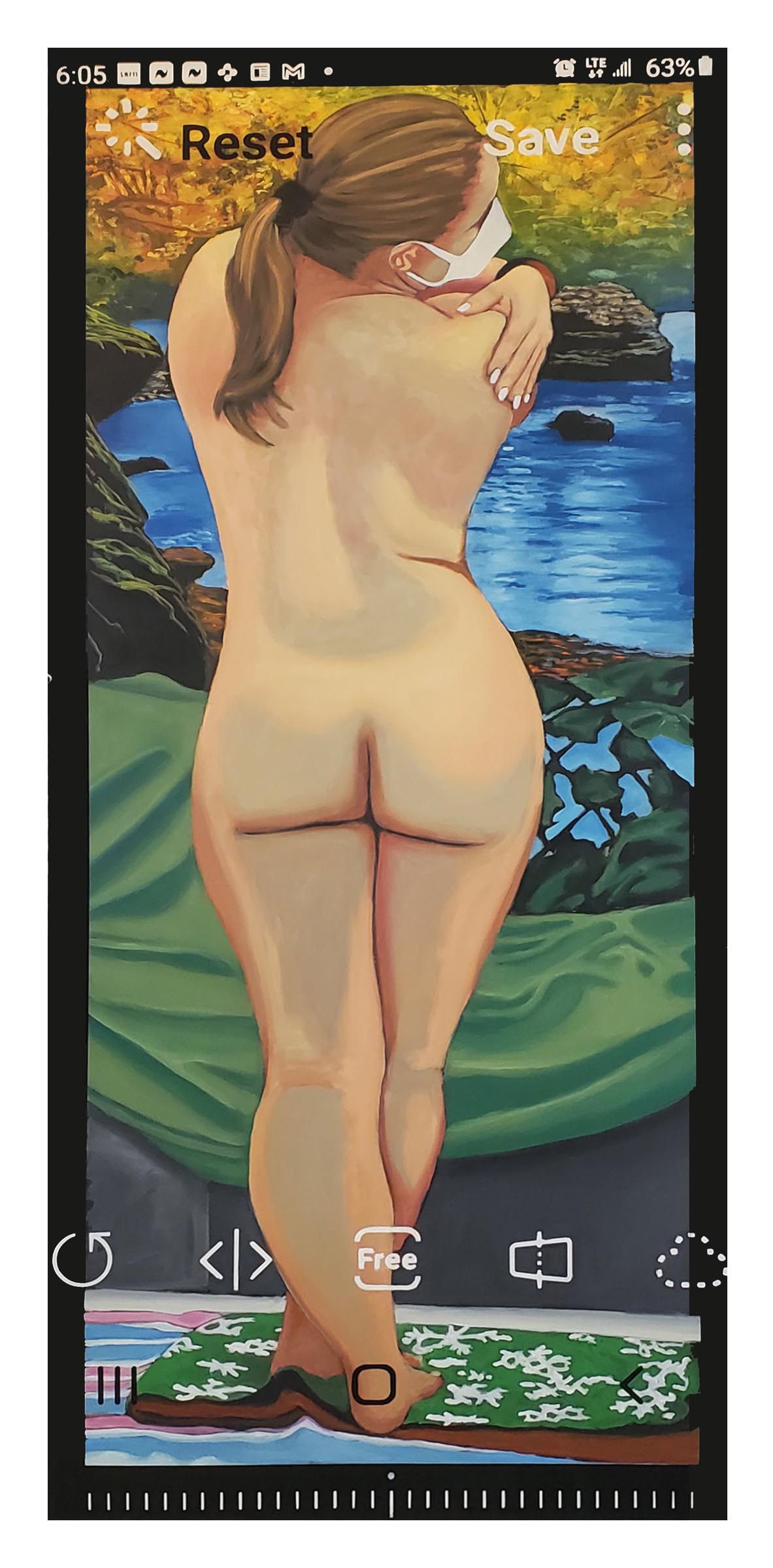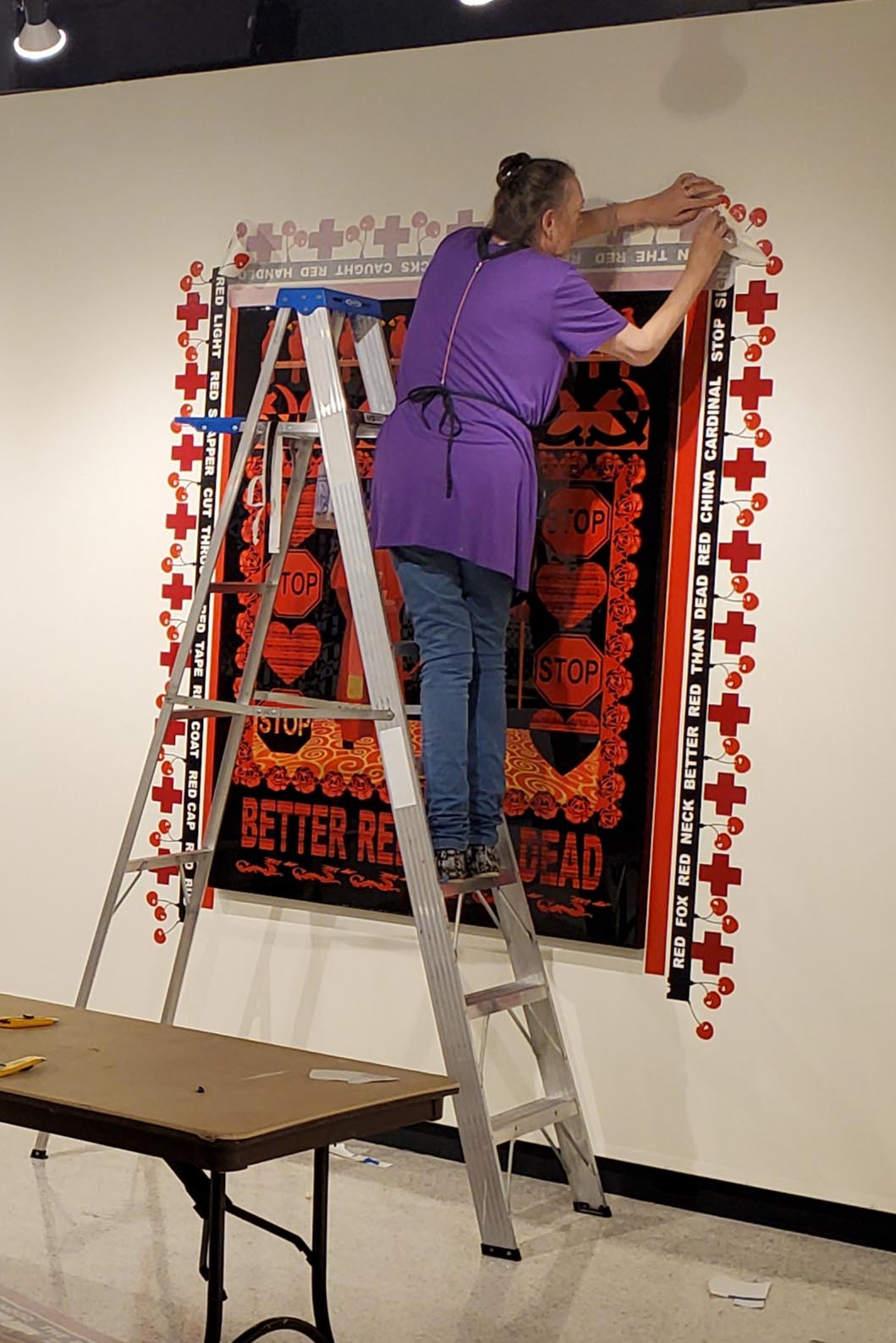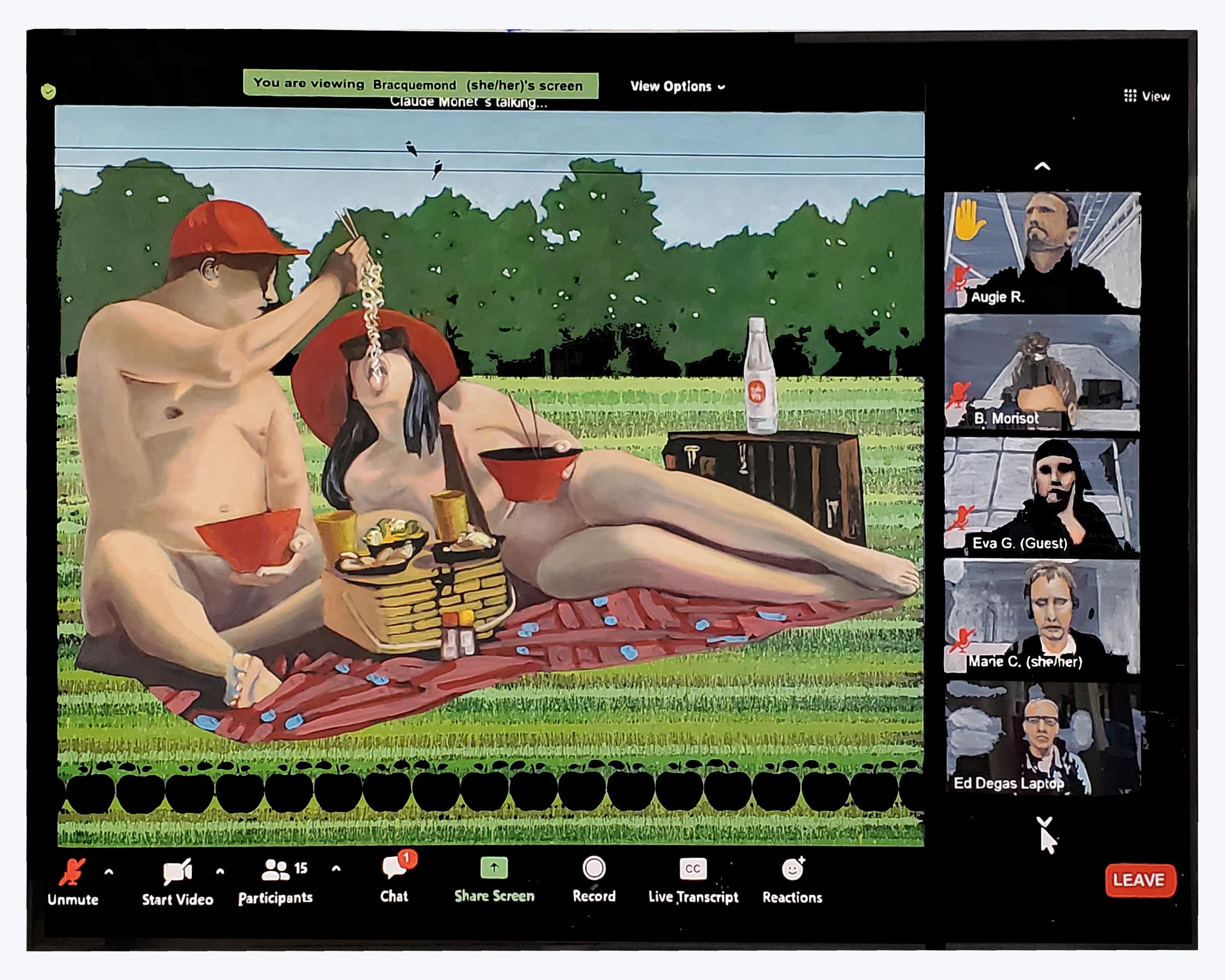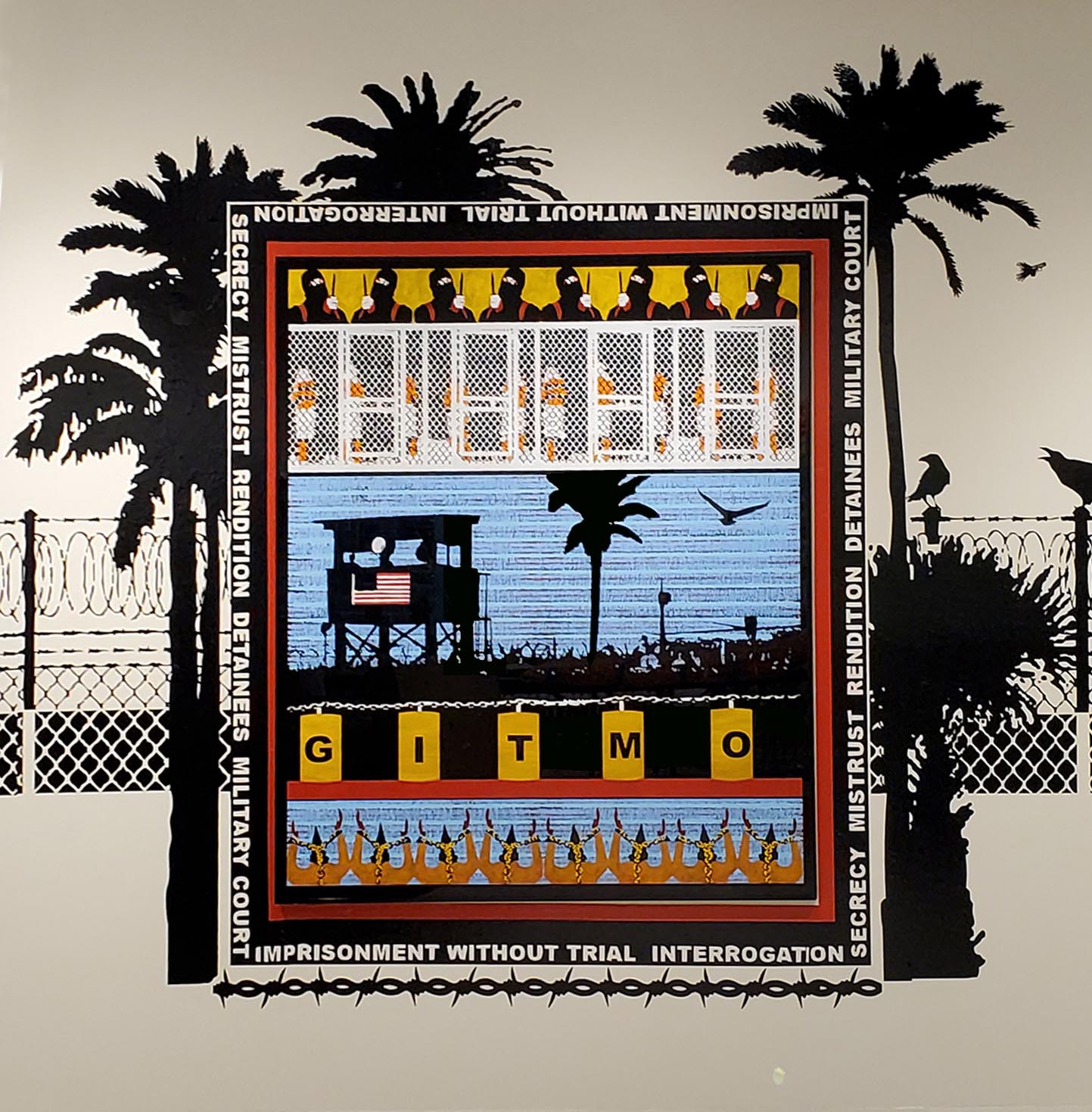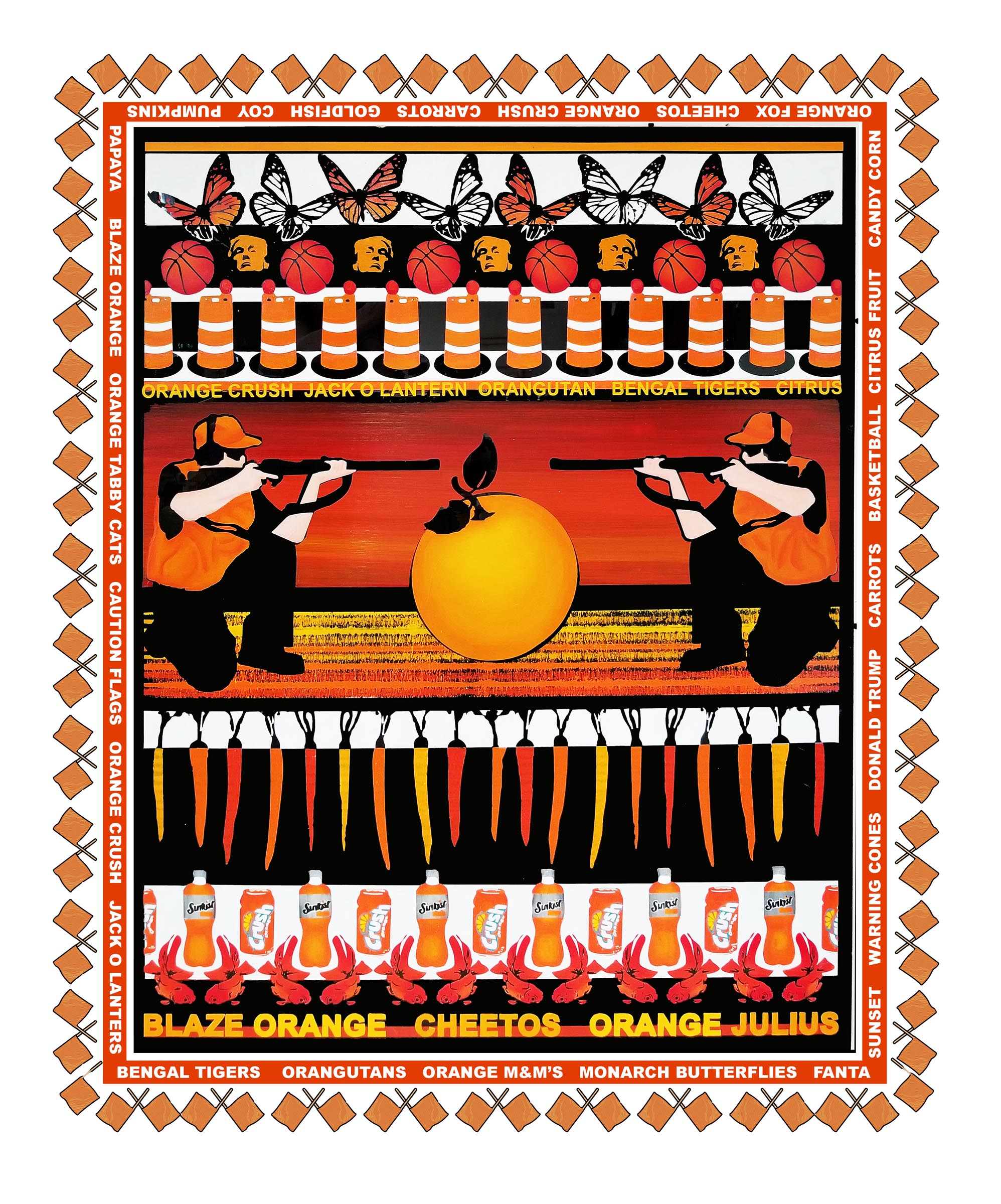How did you get into making art?
I can’t remember a time when I was not making art. Even as a child, I was a maker, mostly of 2D art, but I ranged into mixed media and sculpture. One of my favorite memories is of taking summer art classes at the local museum.
What are you currently working on?
I am currently working on a series of paintings that I call “Pandemic Painting Lessons”. They are a mash-up of art historical references, academic model poses and screen signs and symbols from digital technology. The series is ongoing, however, I am showing the first eight paintings in a solo show at Metropolitan Community College in Omaha, Negraska this fall.
I think of my overall practice as an act of Bearing Witness.
Margi Weir
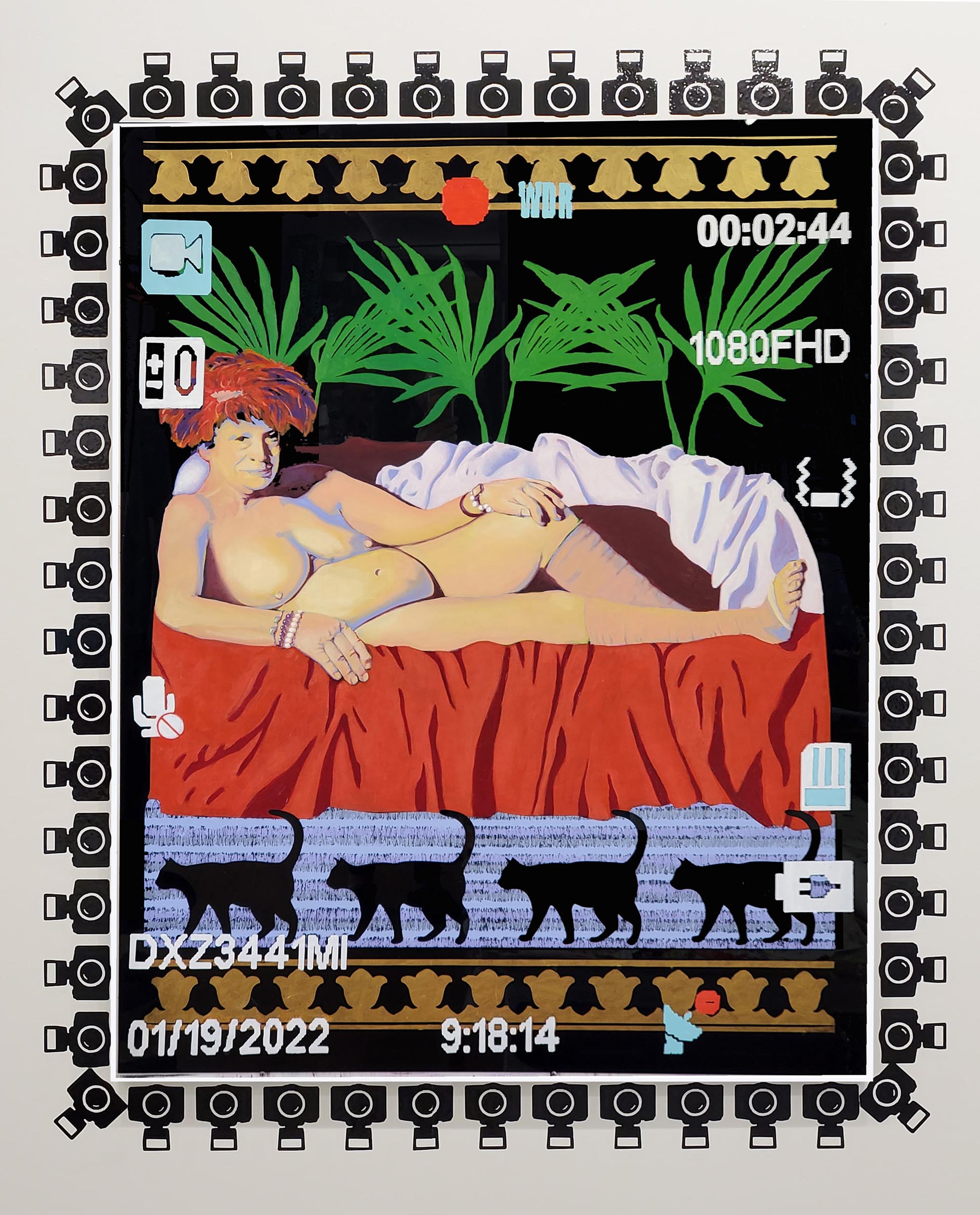
What inspired you to get started on this body of work?
Early in the pandemic, I didn’t have time for my own work but eventually a new body of work emerged from my struggles with rethinking my studio art curriculum and the virtual classroom. I began painting along with my students. The result was the beginning of a body of work, Pandemic Painting Lessons, which addresses the way that all my interaction with students, colleagues and friends was mediated by some device. The image on the screen could be divided in multiple ways and often symbols ran across the image itself. Small faces could line up on one side or another of the screen and icons giving directions paraded across the top and bottom of every screen. My experience of the classroom, really, the world was visually different during the pandemic isolation. This series bears witness to that convoluted process. It also merges contemporary figurative painting situations with art historical painting references. I did this, initially, for my students, but found it to be an interesting area of research in my own practice.
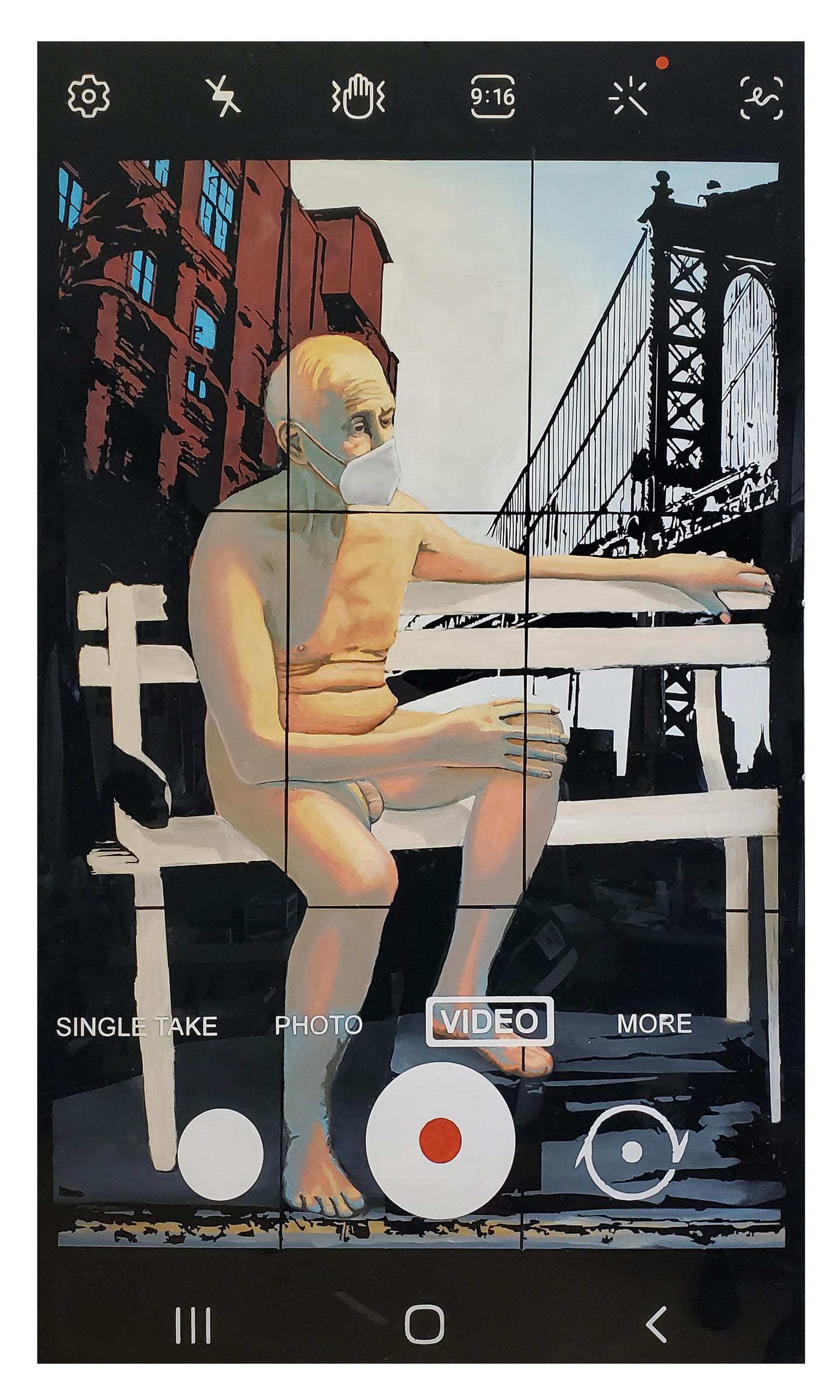
Do you work on distinct projects or do you take a broader approach to your practice?
I think of my overall practice as an act of Bearing Witness. That is the broad umbrella that encompasses many specific bodies of work. Pre-pandemic, much of my work addressed social justice, gun violence and environmental concerns. These were large issues to which I was bearing witness. My new work is a more personal observation of my world.
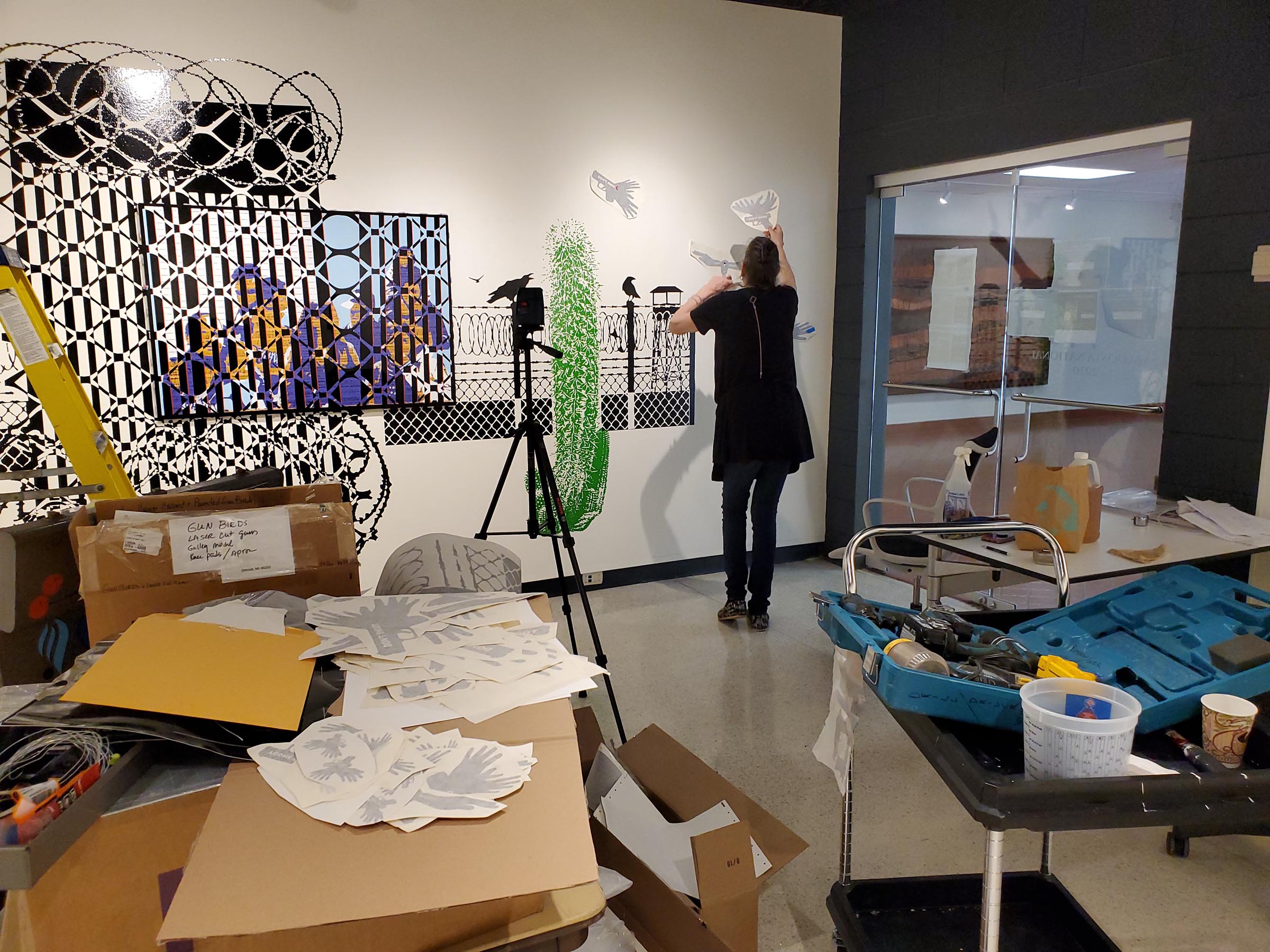
What’s a typical day like in your studio?
I like to get to my studio about 9:30 am after I have fed and walked my dogs and checked my email. The light in my studio is very welcoming at that time of day. I usually jump into whatever is in progress without much struggle. My studio is where I am happiest and most comfortable. I break to make lunch, a miso soup, for my husband around noon. Then, I work until around 6 pm. I stop working earlier in the winter, when the light dims early, and work later in the summer. I like having this routine. I am able to keep this schedule four days a week. I teach at Wayne State University on two days a week and run errands on the third day.
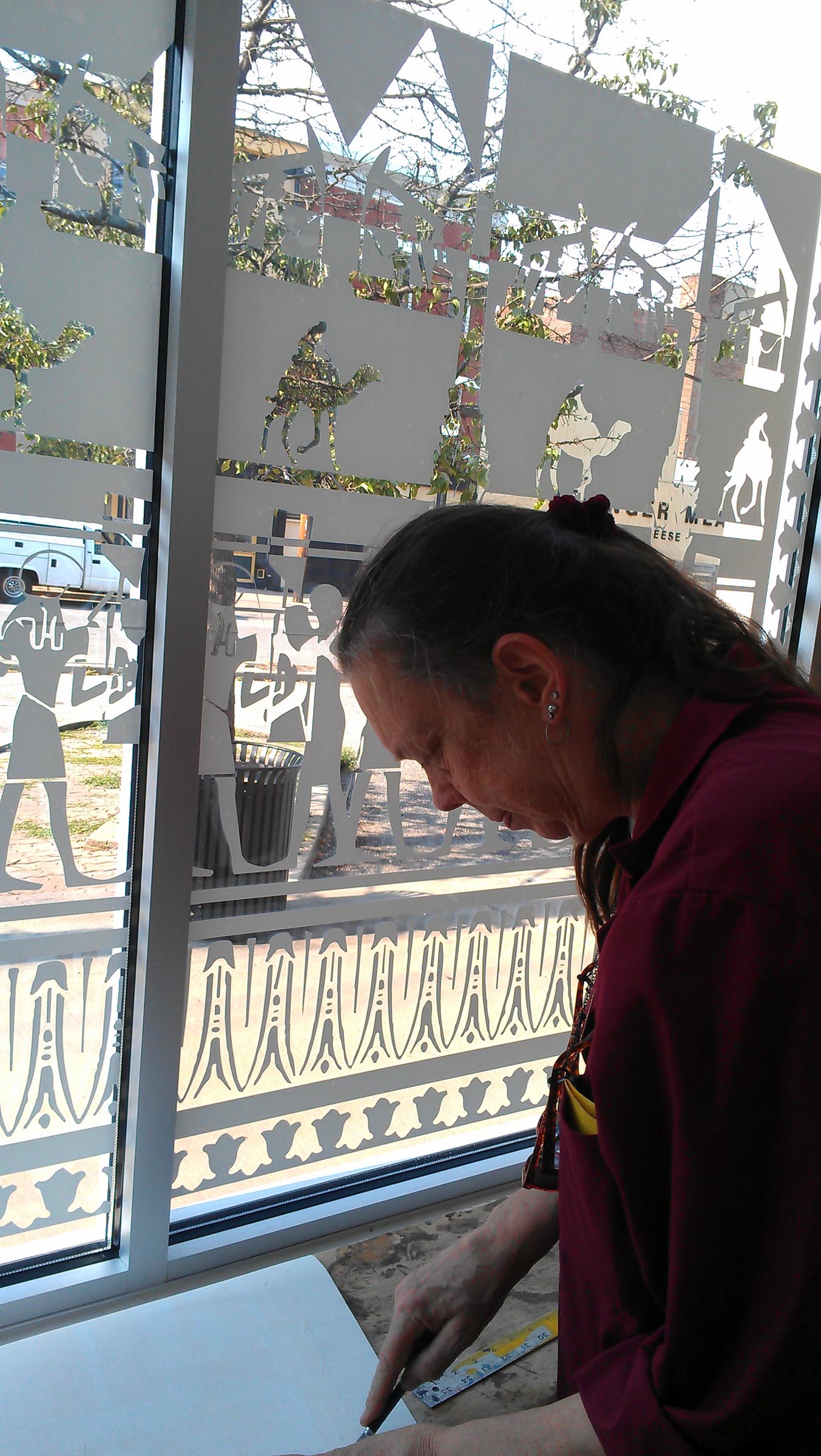
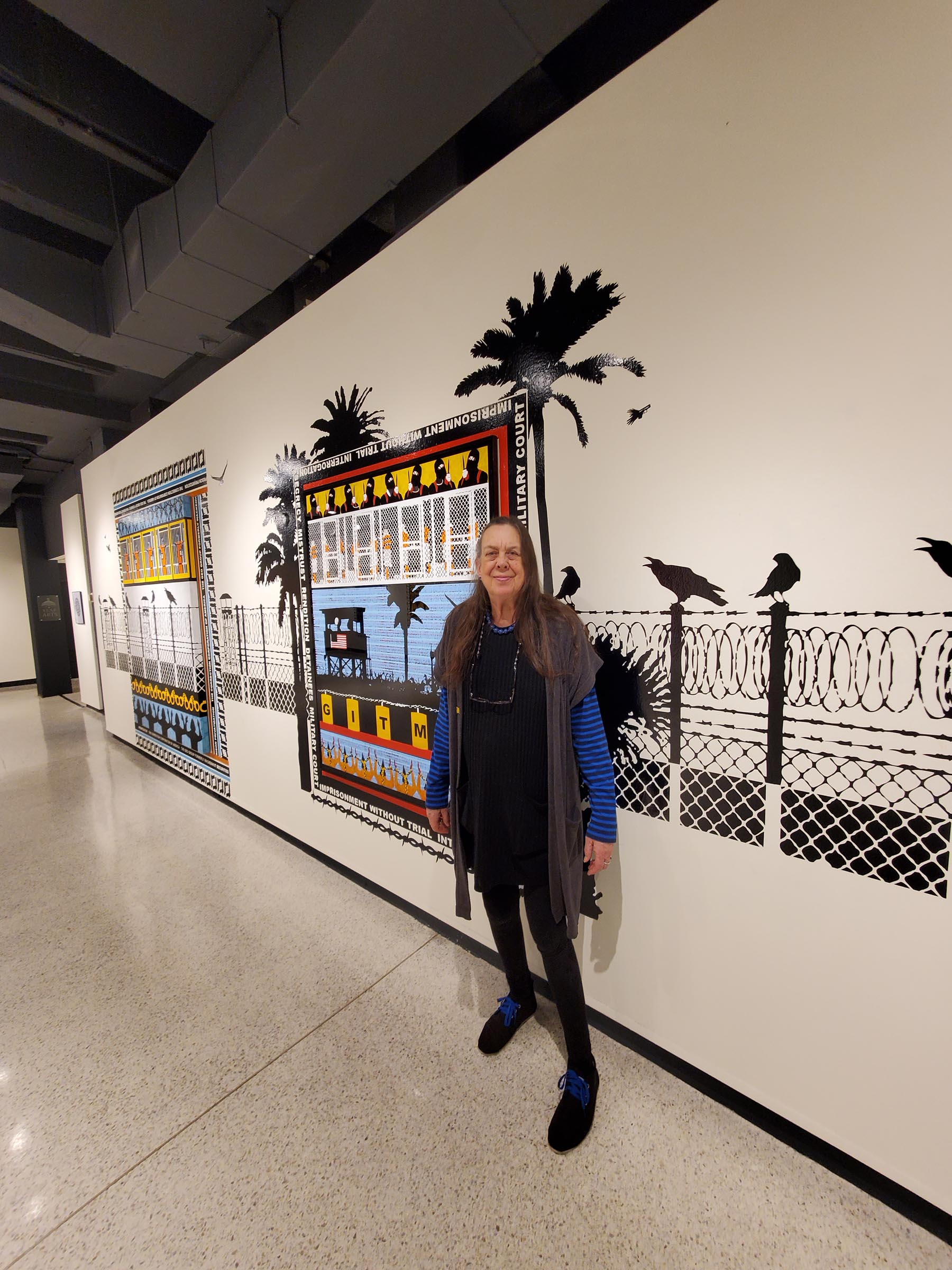
Who are your favorite artists?
In my pre -pandemic work, I shared a kinship with the work of Miriam Shapiro and Nancy Spero. I found inspiration in Jenny Holtzer’s use of words. Now that my work is more figurative, I am looking at Jenny Saville, Elizabeth Peyton, Marlene Dumas. There is a whole host of new figurative painters whose work is so interesting, Cigna Samson, Jordan Casteel, and Amy Sherrod to name but a few. Of course, I look at the old masters all the time, Degas, Sargent and Monet in particular.
Where do you go to discover new artists?
I read Hyperallergic almost daily. I also like to follow various artists, galleries, and groups on Instagram, notably the Hopper prize. I go to local Detroit Galleries.
Learn more about the artist by visiting the following links:
